During my third trip to Ukraine since the full-scale Russian invasion on Feb. 24, 2022, evidence of the war’s cost was on full display. From the inescapable reality of a war death or casualty in the lives of people I encountered, to the number of wounded veterans in public, to the ever-present scenes of militarization on city streets — recruitment billboards, troop transports and fortified outposts, military clothing and equipment shops — it feels like the war is everywhere.
I crossed the border into Ukraine via train on July 22, 2025, two years to the day since I’d last entered the country. Due to a number of circumstances, this latest trip to document the efforts of program partners for organizations I contract with was long overdue. Yet, in some ways, the extended time between visits provided a clearer picture of the dramatic shift in the country that might not have been as obvious had I visited regularly.
You may unsubscribe from any of our newsletters at any time.
On prior trips, in February and July 2023, the conflict had moved to the far east, where a stalemate of trench warfare and field skirmishes has played out since that time. Damage from the early surge of Russian fighting around the capital city of Kiev, including the northwest suburbs of Irpin and Bucha where mass graves of civilians were discovered and Russian forces caused widespread civil destruction, was in the process of being repaired and people were moving back to their homes. A front line had been established in the east and to the north. Despite the regular threat of shelling and drone attacks on cities far from the front, there was a sense that the war was far away.
In these earlier visits, I met only a handful of people who had personal experiences of loss. The priest who married the couple that served as my driver and translator, Stas and Iria, had died in a rocket attack. The stepfather of a developmentally disabled young man I’d profiled died at the front a day after we spoke.
Without exception, every person I interviewed on this trip carried the grief and memory of a loss. A son killed in close combat during the early days of the war. A husband still classified as missing at the front, the victim of a bombing so large in magnitude that his remains are yet to be identified. A sister killed in a mortar attack on a field hospital. And dozens more, including Serhii Kostiuchenko, who told me the story of how he lost his arm during a counter-ambush in the first months of the war.
Now 25 years old, Kostiuchenko served as a sniper with a unit repelling Russian forces as they retreated from Kiev. His platoon was suddenly surrounded as they advanced on Russian troops trying to hold their position at the edge of a forest. He says he and his comrades abandoned the vehicle they were in as mortars began to fall on it.
“I was staying low and providing cover for the platoon to move to a new position when the blast hit,” he says of the mortar that shredded his arm and shot shrapnel into his legs and torso. “I didn’t feel pain. But I didn’t feel my arm. The other sniper came with a vehicle and put a tourniquet on my arm, and I don’t remember anything after that until I was in the field hospital.”
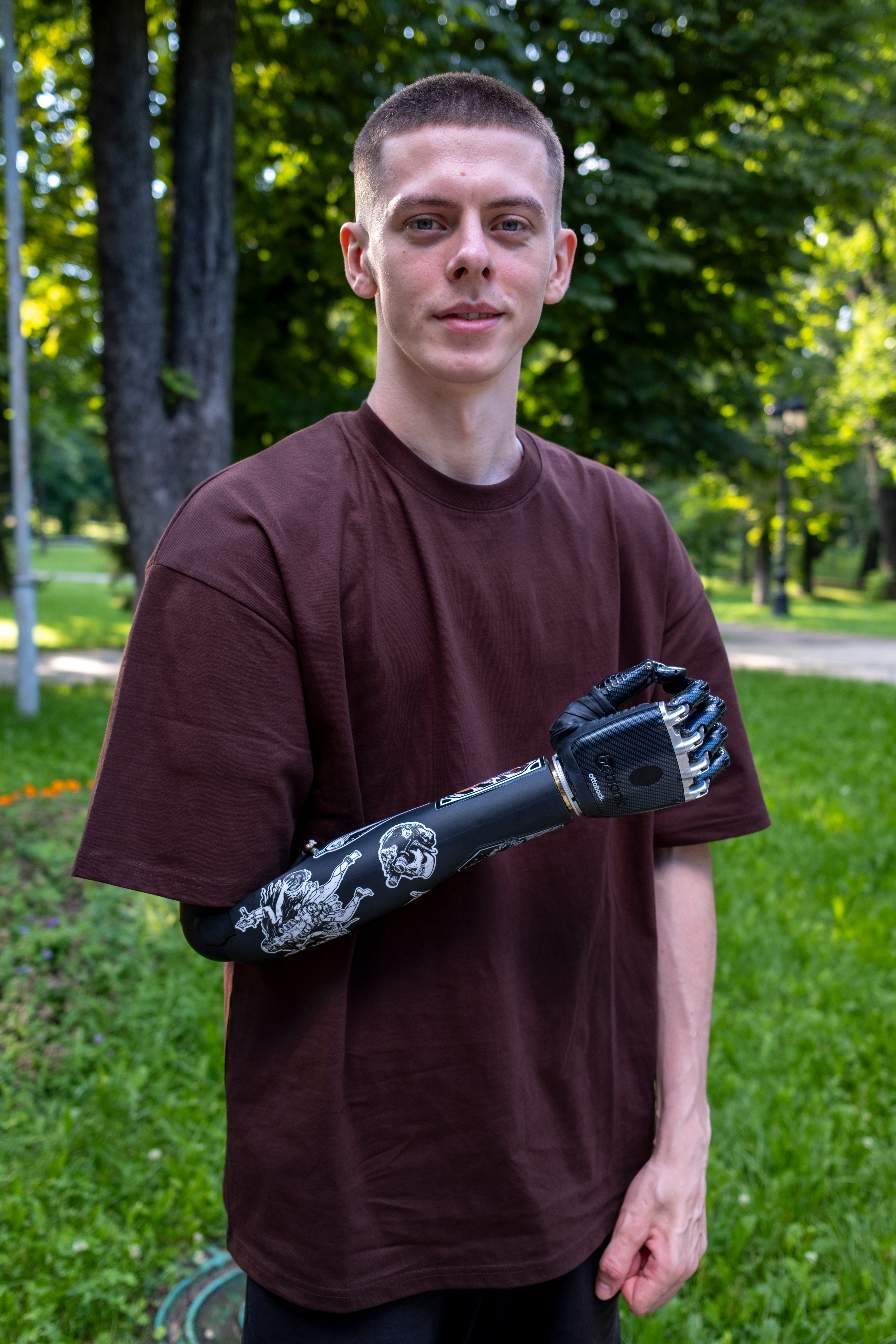
Doctors used 20 litres of blood and performed hours of surgery to save Kostiuchenko’s life, though they could not save his arm. He says the other sniper was injured in the melee and the rest of the troops he was with, five men, all died in the battle. Now working as a government contractor supporting the war effort, Kostiuchenko says he has no regrets.
“I would do it again,” he assured me. “We are fighting for our country and for our freedom. For our families. For our future.”
Military members are not the only casualties of the war. In the three weeks of my visit, hundreds of drones and missiles were aimed at civilian targets. Myrne Nebo, a humanitarian organization that evolved from a restaurant serving meals to displaced people in the early days of the war, has continued to work in the most dangerous places. They arranged a visit to Kherson, on the front line, for me and my colleague Jan Dus of the Czech organization Camino. Wearing ballistic vests and helmets, we were required to sign a form of death indemnity before entering the embattled city.
The work of Myrne Nebo is widespread, and in Kherson they have been providing a daily senior meal service, roof and home repair following shelling, and other immediate needs.
Our ballistic attire stood in stark contrast to residents and other workers in Kherson who go about their days without such protections. Of the 70,000 people remaining in the city of 400,000, nearly 70 percent are retirees. As we looked across the city and over the Dnieper River to Russian military positions, we heard the “whump” of artillery launches at regular intervals — both incoming and outgoing — with subsequent percussions as the shells exploded. While I turned my head in the direction of the explosions, I noticed my hosts had no such reaction — for them, it was just another day.
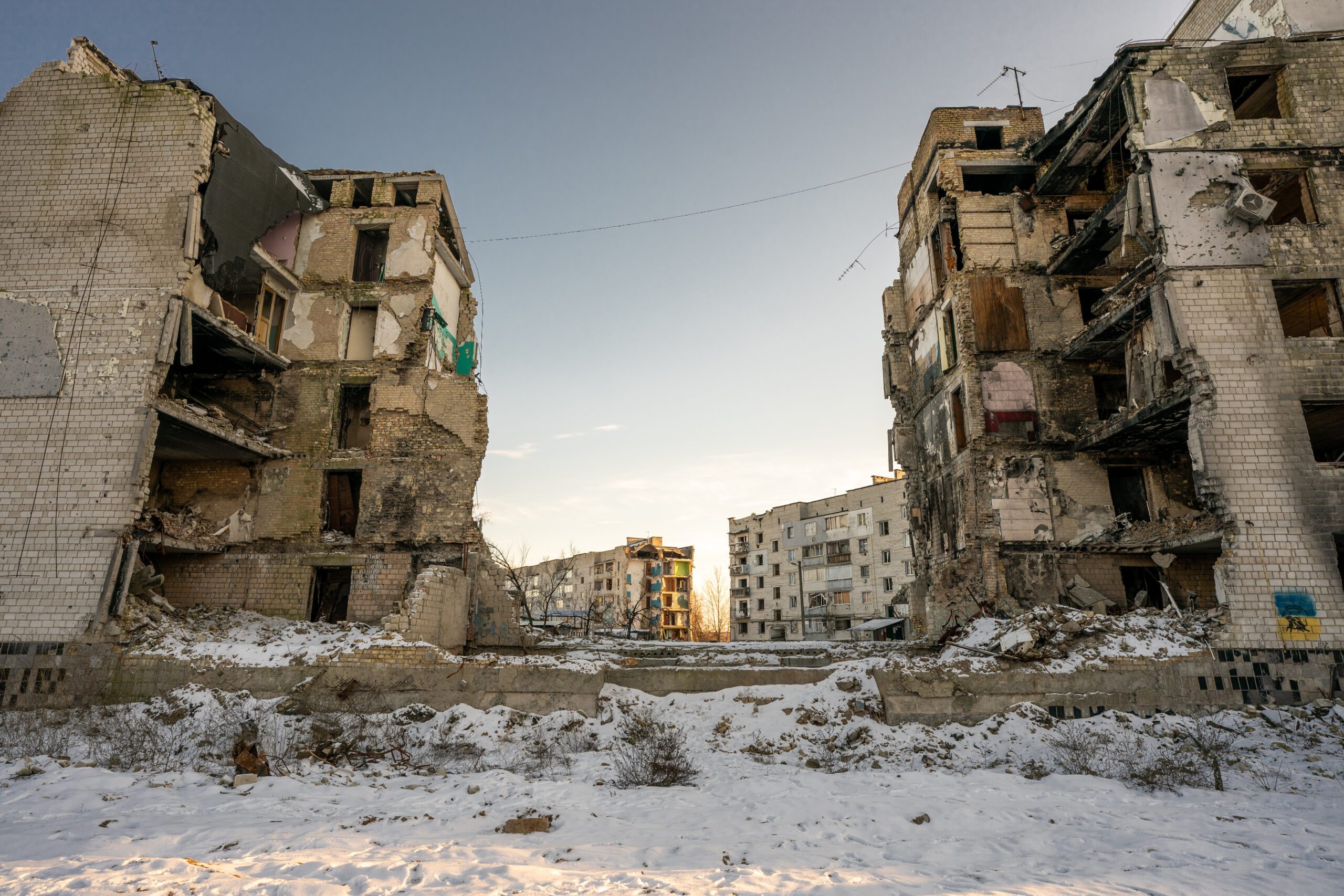
Drone attacks in Kherson have become especially menacing and unpredictable, and we were warned to keep our eyes on the sky. To that point, an elderly couple Jan encountered on a previous visit had recently been pursued by a Russian drone and gravely injured when a grenade was dropped on their car.
During my stay in Kharkiv, less than 30 kilometres from the front, daily missile strikes destroyed a tuberculosis hospital, a relief centre and two civilian apartments. Overnight bombings rattled the windows and shook us awake in the hotel. Hotel staff were visibly beleaguered as they attempted to serve breakfast to weary guests.
The same held true for Kiev where, the day after I left Kharkiv, two consecutive nights of drone and missile strikes killed at least 28 civilians in residential apartment complexes. As the air raid sirens sounded and my phone app alert urged everyone to seek shelter in the early evening, I went to my hotel window overlooking Kiev’s main railway station and watched as Ukrainians went about their business, unruffled by the sirens and alerts. There were desserts to buy, friends and family to meet, trains to catch.
More on Broadview:
- Should Canada increase its military spending?
- How nuns are helping displaced Ukrainians amid the Russian invasion
- I’m ashamed of what some of my fellow Russians believe about Ukraine
I positioned my phone to record the sounds of the very effective anti-drone and missile batteries unleashing their rapid-fire “thump, thump, thump” at the skies above. Were it not for this incredibly advanced defensive weaponry, hell would have been raining down upon all of us.
On the last few days of this trip, I went further west to Ternopil and Lviv, even farther from the front. There, we were less susceptible to cruise missile strikes and almost impervious to drone attacks. But signs of the war were still there, especially in the number of injured military members who had come to these areas to recuperate.
As I left Ukraine, U.S. President Donald Trump and Russian President Vladimir Putin had scheduled their Alaska summit. Hopes for any progress from this meeting were low among the Ukrainians I spoke with. Now, following these talks and a subsequent meeting of Ukrainian President Volodymyr Zelenskyy with Trump and European allies, efforts at resolving the conflict seem to have stalled again.
For Ukrainians, this most recent conflict is a continuation of Russian aggression that began with the annexation of Crimea in 2014. They see Putin’s acts as an effort to erase Ukrainian sovereignty gained during its independence 34 years ago this month, on Aug. 24, 1991. They are not willing to cede more land to Russia’s illegal war efforts in exchange for a peace that may not last.
Ukrainians may be tired of war, but they are not defeated.
—–
Gregg Brekke is an award-winning photojournalist and writer dedicated to telling stories of justice and faith.

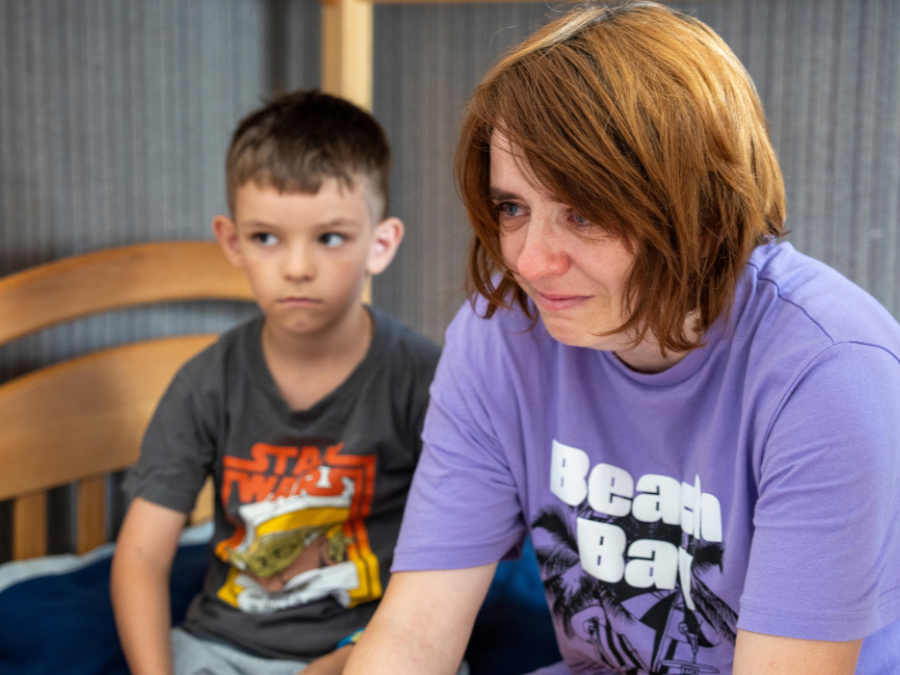


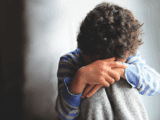





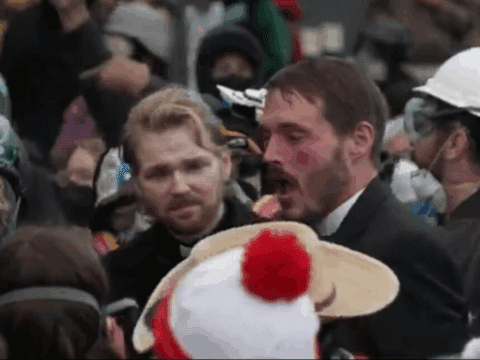

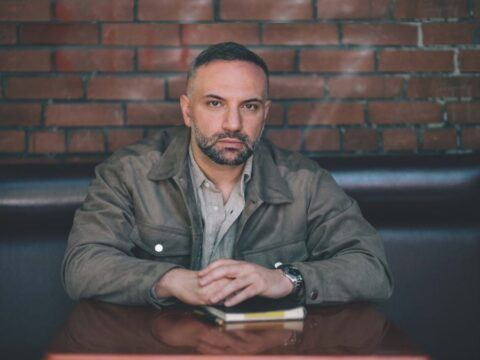
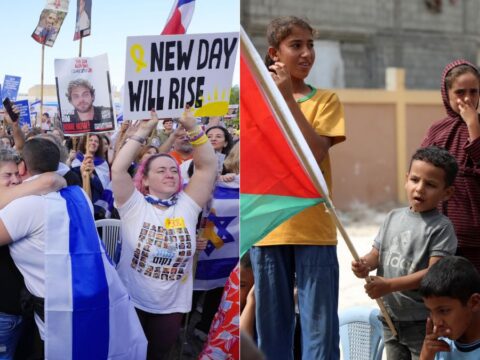

Isn’t it interesting, the double standard we have. Ukraine fights for its right to exist in freedom and the west, for the most part, takes its side. Israel fights for it’s right to exist against enemies that are sworn to its total destruction and for whatever reason Israel, in defending itself, is the bad guy. Go figure that one.